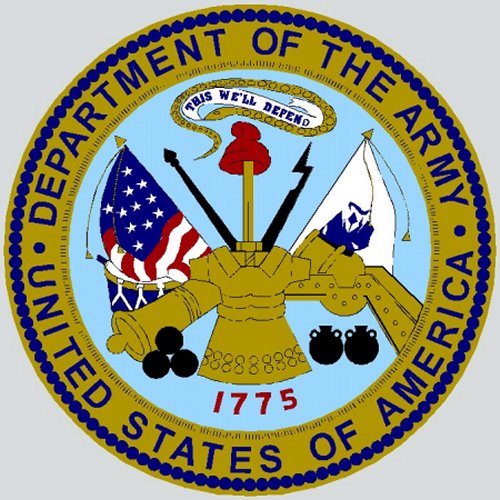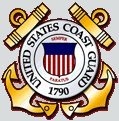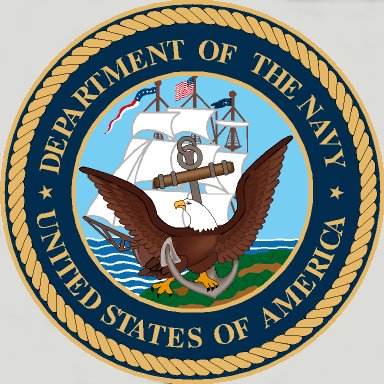Click on thumbnail
for full size image |
Size |
Image Description |
Source |
 |
64k |
|
Robert Hurst |
 |
57k |
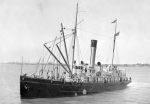 |
42k |
|
Gary Priolo |
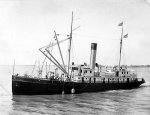 |
298k |
c. 1918
Fort Monroe, VA |
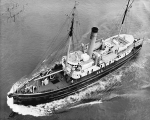 |
537k |
c. 1940
During WWII this cable ship laid top secret Indicator Loop cables to protect harbors from German U-boats. Her mission ranged from the ports of Virginia up to Argentia, Newfoundland, Canada
Photo courtesy of the Calamaio family. Special thanks to Chip Calamaio for his kind assistance |
Bill Gonyo |
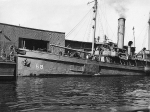 |
454k |
c. 1945
Constitution Wharf, Boston Coast Guard Base
Here we can clearly see the wear and tear on her bow and hull from hard years at sea during World War II
Photo courtesy of the Calamaio family. Special thanks to Chip Calamaio for his kind assistance |
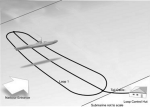 |
51k |
An anti-submarine indicator loop was a submerged cable laid on the sea bed and used to detect the passage of enemy submarines. Developed by the Royal Navy during World War I, they were extensively used by the Allies during World War II to protect harbors against submarine attack. They worked as induction loops – the submarine's magnetism induced a current in the cable as the submarine passed across it. The technology was first developed and trialed at the British Admiralty's Board of Investigation and Research at Harwich on the Essex coast in England. The first operational use was at the Grand Fleet's anchorage at Scapa Flow. The German submarine UB-116 was detected by hydrophones at 21:21 on 28 October 1918 attempting to enter the flow via Hoxa Sound. Two hours later (at 23:32) current was detected in an indicator loop laid in a remotely controlled minefield, induced by the submarine as it passed over the cables. Mines around the loop were detonated by remote control, sinking the submarine. It was the last U-boat destroyed by enemy action before the Armistice. After the war, indicator loop devices were further developed by the Admiralty's research divisions at HMS Vernon and HMS Osprey (Portland Naval Base). In WWII indicator loops were used by the Allies for harbor defense in the UK and its dominions and protectorates, as well as by the U.S. Navy |
